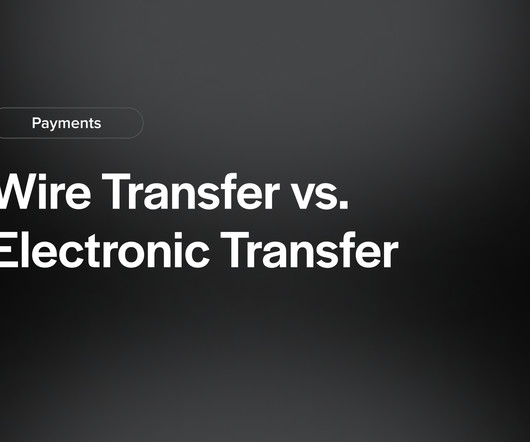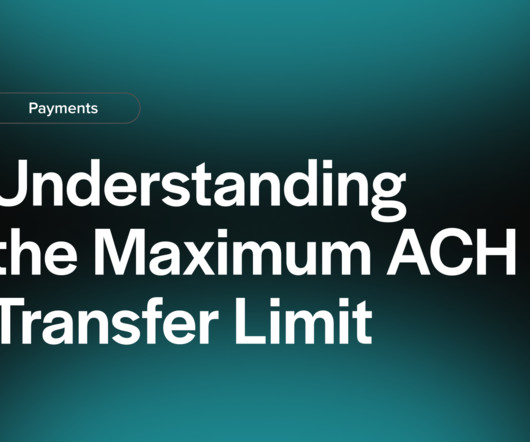The Difference Between ACH and Wire Transfers
Clearly Payments
JANUARY 23, 2024
In the world of finance, electronic payments are the heartbeat of business transactions. Whether you’re dealing with routine bills, processing paychecks, or handling high-stakes international transfers, understanding the nuances of electronic fund transfers (EFTs) is crucial.












Let's personalize your content